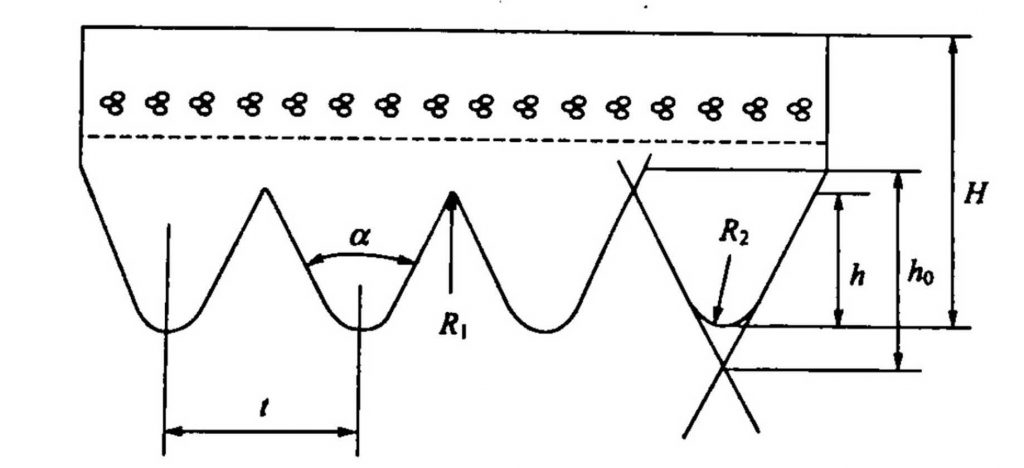Improvements and improvements in any rubber product are inseparable from the design concept, and rubber shoes are no exception. Consumers’ requirements for rubber shoes are nothing more than long service life, comfortable wearing, light weight and not easy to produce fatigue, which is beneficial to the protection of the feet and lower limbs, and has a beautiful and smooth contour shape. These requirements generally relate to mechanics, aesthetics, and physiological mechanics. Here is a brief introduction to several design concepts related to physiological mechanics.
The concept was originally proposed to improve the design of sports shoes and was later extended to other rubber shoe varieties. It is based on the transfer of force during exercise. The main point is that when a person is exercising or walking, the wearer pays a certain amount of energy, and the human body passes the shoes to the ground, but some of them pass through the shoes in the form of reaction. The return to the human body, the return of this force can also be regarded as compensation for the energy of the human body. If the return rate is 20%, it can be understood that when the human body moves next time, it can save 20% of energy. It is inferred that the runner can run 20% of the energy expenditure. Then, for ordinary people to go out, it is also possible to reduce the same amount of physical exertion, and its significance is no small matter. Linked to reality, this new concept can be extended to all footwear, including the following aspects.
1) Improved formula design Because the energy return is directly related to the resilience of the sole, since the outsole is directly in contact with the ground, the better the elasticity, the more energy is returned to the human body, the more labor-saving the wearer wears, the more effective the fatigue is. it is good. Starting from the formulation design, the rubber with good resilience (such as natural rubber and high rubber content) should be used. The insole should adopt a microporous structure.
2) The use of air cushions Nike’s patented inflatable plastic mats introduced in the early 1980s is a successful masterpiece in this field, which has been popular and has not deteriorated. The construction of the air cushion is not complicated, and the material is also common. The polyethylene film is used as a raw material, processed into a capsule shape, and then inflated and sealed, and embedded in the heel portion during molding.
3) The tubular rod was developed and applied to the product by another famous shoe manufacturer, ReebOk Footwear Company, with good results. It is made of Hytrel resin (a thermoplastic elastomer material produced by DuPont) and is made into a tubular rod embedded in the heel. The high resilience of this material makes the energy return.
4) Using sheet-like parts Another shoe company, EtOnik, chose a fiber sheet called “Dynamic Reaction Sheet” as a return piece, which was inserted into the arch of the foot and also returned energy to the human body. Moreover, the softer the texture of the sheet, the higher the bending frequency and the better the returning effect.
